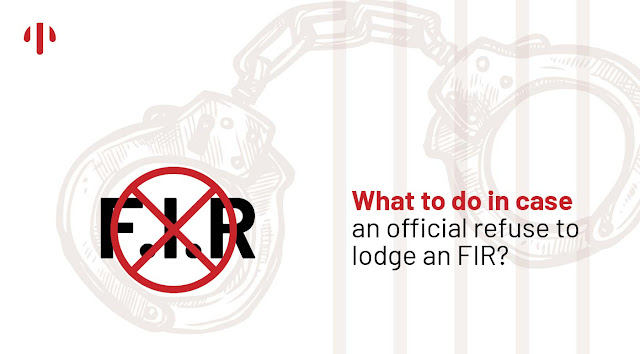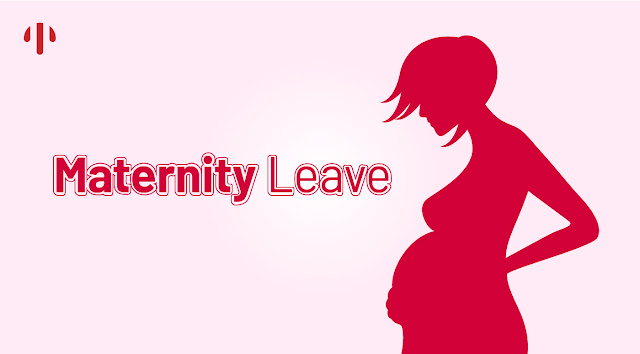Why does India need Aadhar Card – UID?

Does India Need Aadhaar Card? You might already possess documents like Pan Card, passport, driver’s licence, etc. which help you in identification. So why do you need an additional document like the aadhar card?And what are the benefits of aadhar card What is an aadhaar card? The Aadhaar card is a unique identification number which is connected with fingerprints and iris scan of the cardholder. UIDAI issues the aadhar card. It functions as a proof of identity and not of citizenship. The code on the card is a 12-digit unique number which the UIDAI assigns to Indian citizens after they complete the verification process. Indian residents may voluntarily enrol to acquire an Aadhaar card regardless of their age, gender, religion, etc.. So, Why was the Aadhaar card introduced in India? National databases can prove to be quite helpful in increasing the efficiency of administration. In India, there were several means of verifying identity, for eg., electoral identity c






